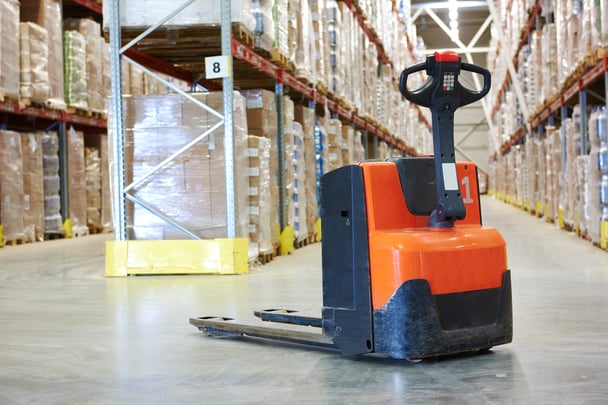REDWOOD LOGIN
Redwood PortalLTL
SCS
SCS Support
Rockfarm
 LTL shipping is typically referred to as the neglected child of the logistics supply chain. While most shippers prefer to ship full truckloads (FTL) whenever possible, the truth is that less than truckload is just a way of life. If you are new to shipping or a seasoned veteran, another reality is that there is a lot of misleading or inaccurate information about LTL shipping.
LTL shipping is typically referred to as the neglected child of the logistics supply chain. While most shippers prefer to ship full truckloads (FTL) whenever possible, the truth is that less than truckload is just a way of life. If you are new to shipping or a seasoned veteran, another reality is that there is a lot of misleading or inaccurate information about LTL shipping.
In order to ensure you make an informed decision on how to plan LTL shipping and whether this resource is the right option for your company, noted below we’ve outlined 5 common myths about LTL shipping.
As the name implies, a less than truckload or LTL shipment is used when you don’t have enough freight to fill a standard truck container (usually 48 feet long). The LTL shipment is also commonly used when you have multiple stops across a wide geographic area. Companies that offer LTL typically utilize freight terminals to distribute freight along multiple routes. This is not only efficient for the carrier but can save the shipper money by “piggybacking” your shipments with others.
The LTL shipment is a good solution for many companies who need to distribute their freight to multiple locations. However, there are a few misconceptions about LTL shipments that need to be clarified, so you can make informed decisions as to when and how to use this method best.
This is the leading myth about LTL shipping, and it can cost shippers a lot of business by misleading their customers. The truth is that LTL carriers simply can’t guarantee pickup and delivery times. They will provide you with an estimated time that is based on the carrier’s lanes of delivery, available routes, and your location – and that of your customer. The most important thing to remember about planning an LTL shipment is to never choose this option if you are pressed for time – and need an expedited delivery.
On the contrary, an LTL shipment is arguably the most flexible way of shipping products. In fact, most LTL carriers operate dedicated pick-up routes based on geographic planning and can typically pick up a shipment from you within a few hours lead time. The important item to remember is that effective route planning, especially with an LTL shipment, can save you a ton of money, while improving your communication with the customer and provide better-estimated delivery times.
Sometimes a myth is not entirely accurate. Such is the case with myth number three. While several shippers negotiate discounts on rates with carriers, it’s not commonly known that fuel surcharge for LTL is also negotiable. The problem here is that many carriers are not all that interested in negotiating fuel surcharges (especially for shippers who only use their services sporadically). If you are a frequent user of LTL shipments, it might be worth your while to contact your carriers to ask them about reducing fuel surcharges or setting up a negotiated cost.
With LTL pricing, the base rate is the most important aspect. While discounts are fine and dandy, the truth is that if the base rate is exceptionally high, then your discounts will not have much of a financial impact. This is what many shippers refer to as the Costco rule. You can purchase a case of soda for $4.50 at Costco for no discount or (2) 12 packs at the local grocery store for $3.00 per 12-pack with a 10% discount. In the end, you’re still paying more at the local grocery store. For shippers, the important detail to remember is to consider the overall price of shipping, and include every surcharge, tax, or discount to determine the total cost.
What’s commonly not known about LTL freight classifications is that the LTL carrier usually has no role in determining your classification. This is set forth by the National Motor Freight Classification Board (NMFC). This organization meets twice per year to revise classifications – and typically does so with every meeting.
It’s important to ask your carrier or to work with an experienced 3PL who can set up your about not only your freight classifications but other ways they can help you save money on shipments. A professional 3PL has the experience and most importantly, relationships with LTL carriers to help you streamline these shipments; saving you time, money, and providing better service for your customers.